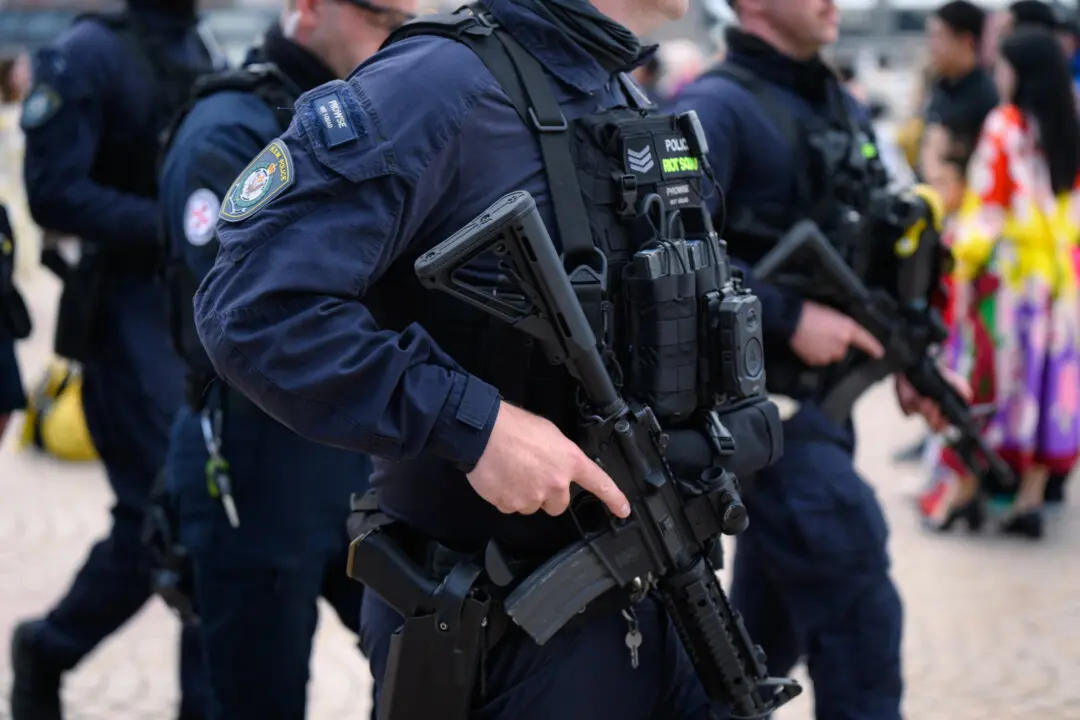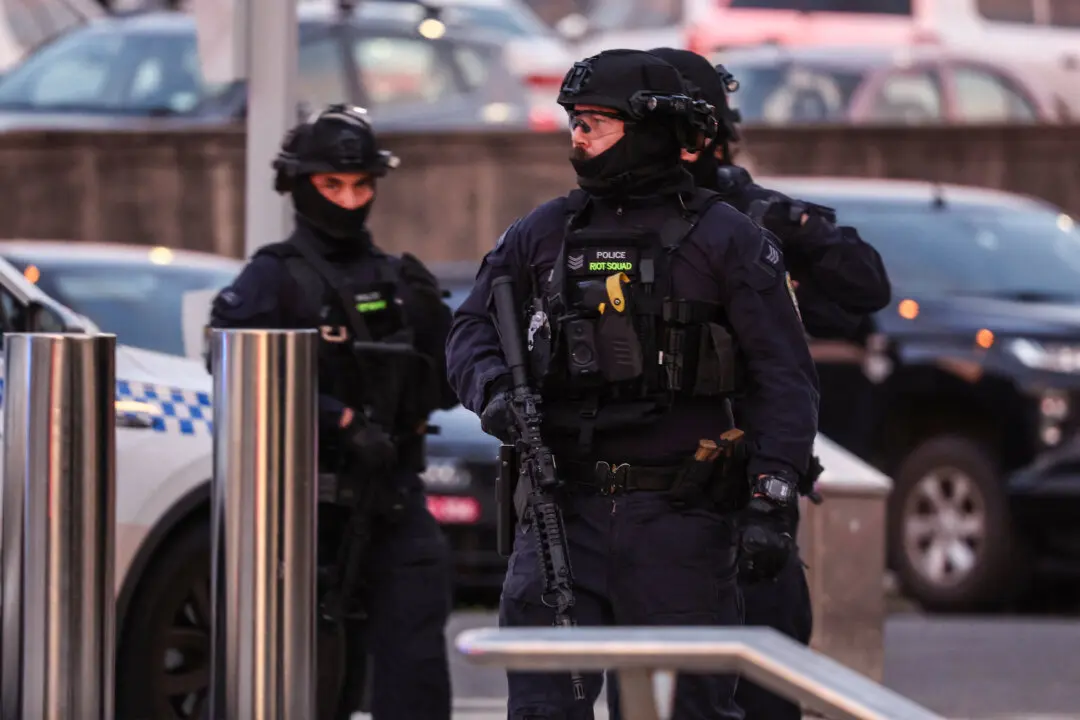Queensland police have “overturned” the ban of a controversial and potentially deadly chokehold after it was outlawed just over a month ago.
The use of the lateral vascular neck restraint (LVNR), also known as the “sleeper” chokehold, was banned on April 14 following a 12-month review, bringing Queensland into line with other states and territories.





